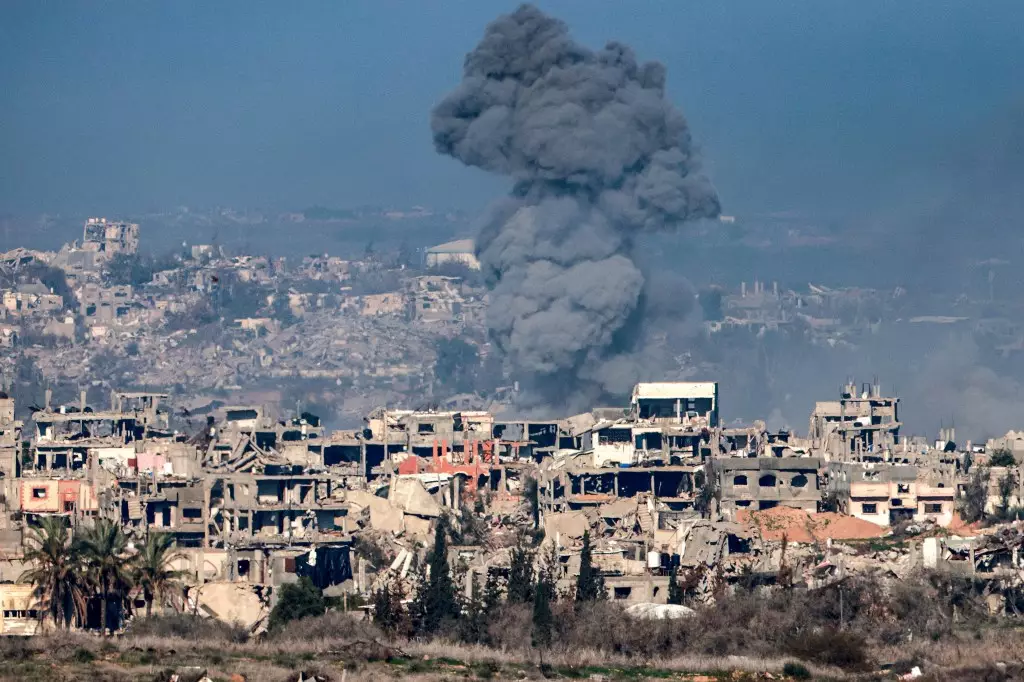The announcement of a ceasefire in Gaza on a recent Sunday morning brought a fragile sense of relief to a region battered by violence. After a suspenseful three-hour delay, residents were finally reported to return to their homes, a process complicated by the preceding chaos. The ceasefire was contingent on Hamas releasing the names of hostages, a pivotal condition that was ultimately met, albeit late. This sequence of events underscores the complexity of negotiating peace in a conflict marred by distrust and violence.
Hamas attributed the delay to “technical field reasons,” a statement that leaves questions about transparency and communication amidst volatile circumstances. In the interim, Israel conducted military strikes on Gaza, resulting in the tragic loss of at least 19 lives. This aspect of the ceasefire highlights the ongoing tension and the precarious nature of such agreements in highly charged conflict zones. The brief respite was overshadowed by the toll of violence, raising doubts about the sustainability of peace.
Three hostages were named for release—Doron Steinbrecher, Emily Damari, and Romi Gonen. Their freedom represents a flicker of hope for families affected by the rampant violence, but it does not erase the heavy human toll inflicted since the onset of hostilities on October 7, 2023. This initial Hamas attack on Israel resulted in a devastating loss of life, with approximately 1,200 Israelis killed and over 250 taken hostage. In stark contrast, the Palestinian casualties reportedly exceed 46,000, a staggering statistic that reflects the immense suffering endured by civilians caught in the crossfire of conflict.
The hostage situation serves as a poignant reminder of the individual lives and stories often lost within the broader narrative of war. As families clung to hope for the safe return of their loved ones, the psychological and emotional ramifications of such trauma permeate the entire population. The human cost of this conflict extends beyond the dead and injured; it encompasses grief, displacement, and enduring fear.
The negotiations that led to this ceasefire were facilitated by the efforts of the United States and Qatar, underscoring the international dimensions of the conflict. Israeli Prime Minister Benjamin Netanyahu’s agreement to the terms of the ceasefire marks a significant political maneuver, especially given the pushback he faced from members of his own cabinet. Figures like national security minister Itamar Ben Gvir’s resignation highlight the internal divisions within Netanyahu’s government as pressure mounts on him to navigate a path toward both security and peace.
While the ceasefire provides a temporary halt to hostilities in Gaza, the circumstances around its establishment reveal deep-seated tensions that threaten its longevity. The political landscape within Israel remains fraught, and the humanitarian situation in Gaza is dire, characterized by devastating loss and an uncertain future. As the world watches closely, the enduring question remains: can this ceasefire evolve into a sustainable peace, or will it crumble under the weight of historical grievances and political strife? Only time will tell if this momentary calm can transform into a more lasting resolution to one of the world’s most enduring conflicts.


Leave a Reply